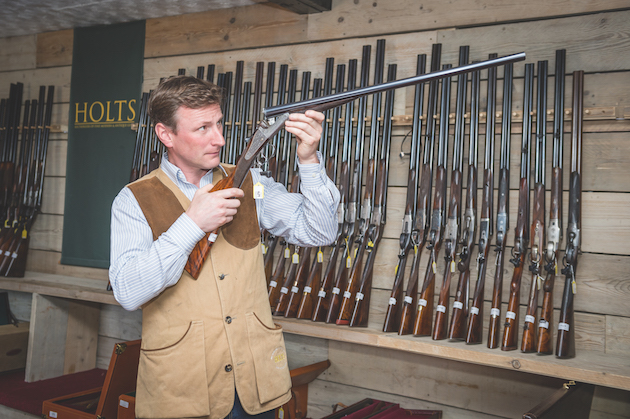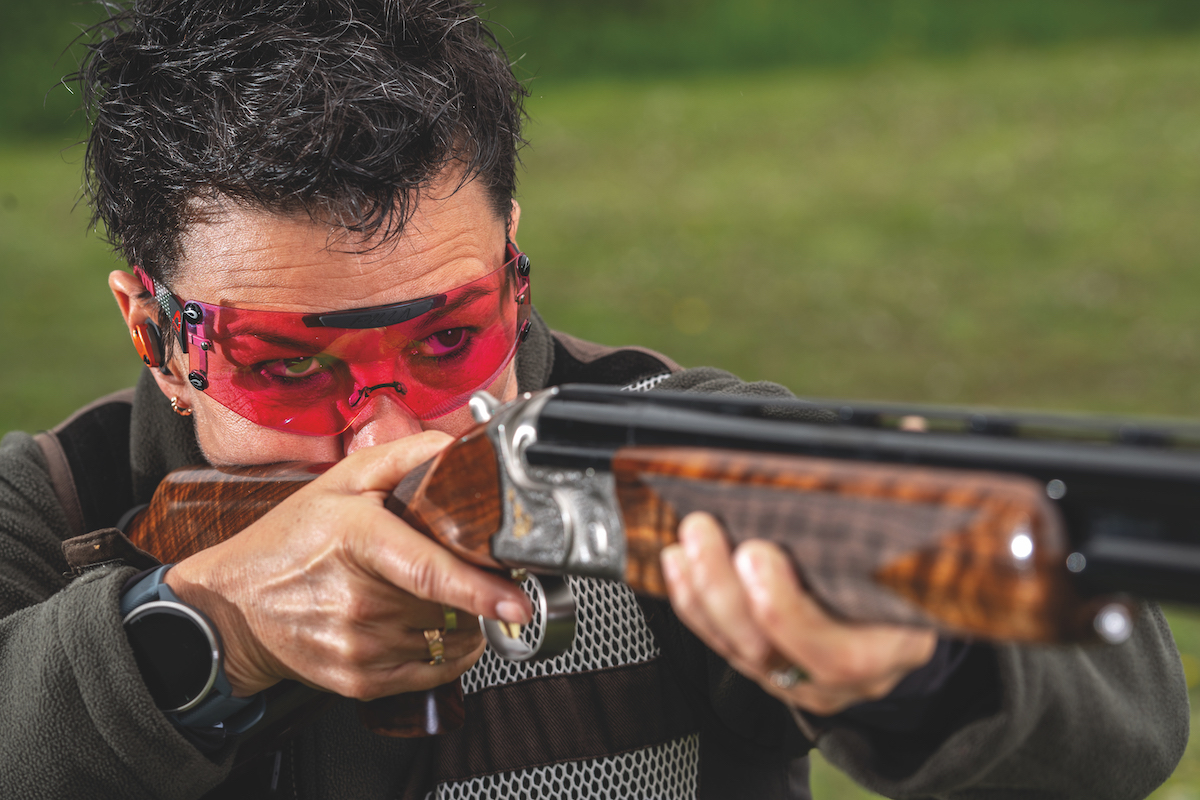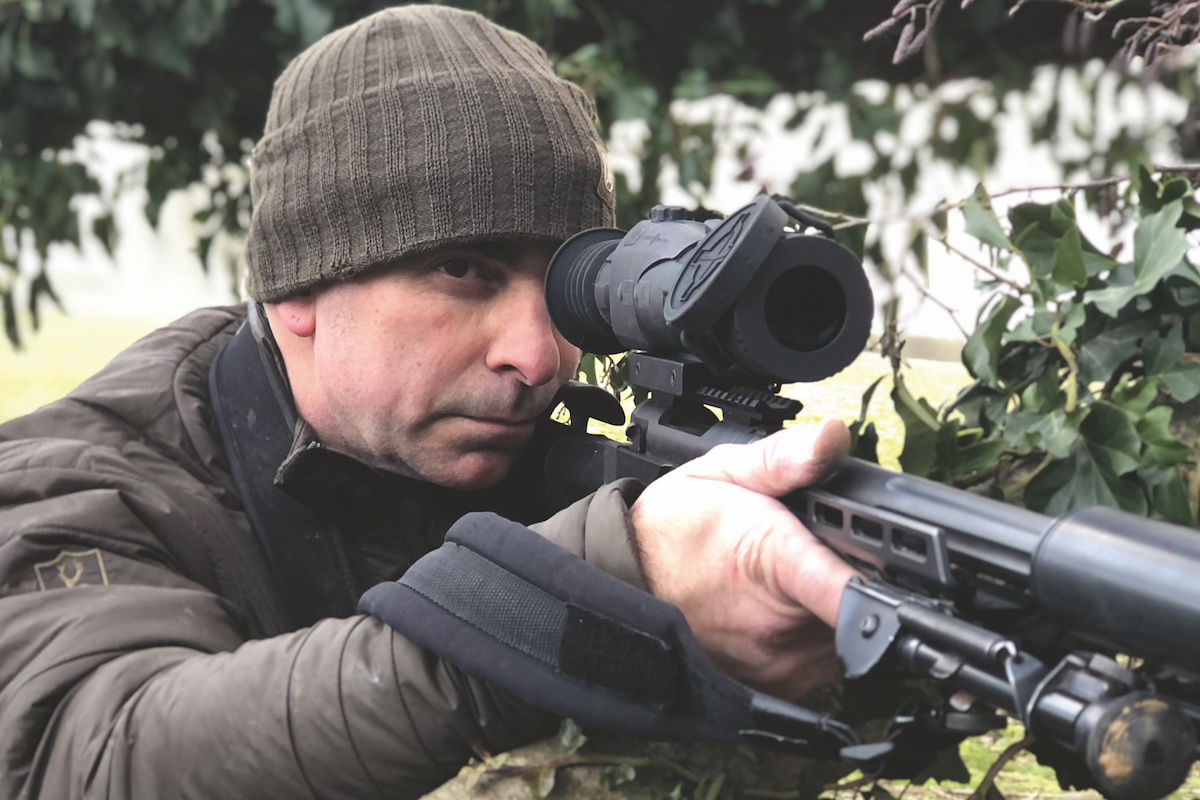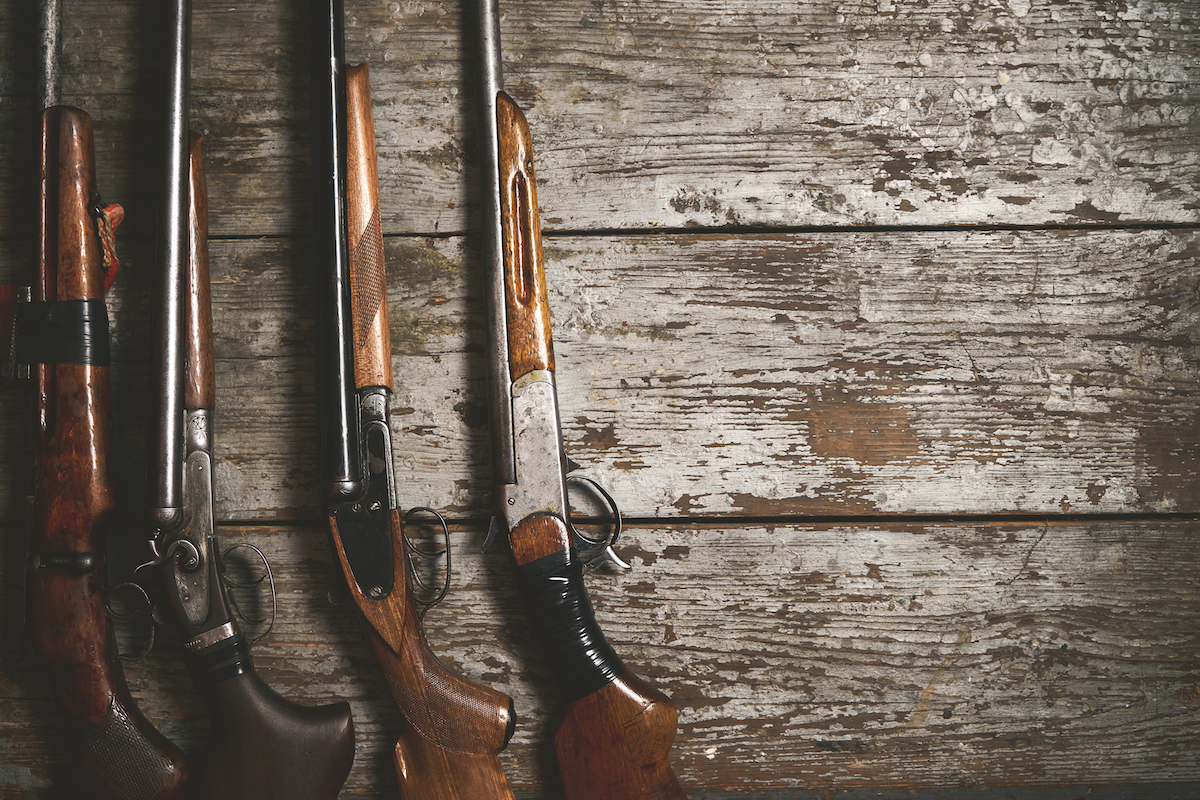How to buy a gun that will hold its value
Investing in a gun might seem daunting but if you know what you’re looking for and what you want, it’s a good start, says Simon Reinhold

For anyone who is buying a gun at auction, you do need to know what you are looking at
When I worked in retail one of my mentors in the gun trade once said: “The secret of selling at a good price is buying at a good price.” Like all the best advice, it is deceptively simple and rather obvious, but there are so many factors to consider when you are buying at auction that having them reduced to a simple sentence is a benefit.
With the economy in stasis while we ride out the storm of COVID-19, anyone claiming to know what a good investment at an auction will be in the short term is a fool. We will have to fall back on the simple principles of buying well.
Buying a new gun will give you a warranty from the maker and there should be a good after-sales service from your gun shop — if not, change your gun shop. But like buying a new car, you drop significant value as soon as you drive it off the forecourt or, in the case of a gun, fire a shot through it.

Simon Reinhold
Guns that hold their value
There are, however, some items that will almost always hold their value. These fall into the category of unusual and highly desirable. Though they may be a significant outlay, they will always have a market. As I write I am looking at a pair of 20-bore, round-action, trigger-plate side-by-sides built by David McKay Brown. These tick many of the boxes that, even in these uncertain times, we can say that if bought at the right price they will hold their money.
That is probably the best we can hope for as private individuals buying at auction. Very rarely can you buy at auction, include the buyer’s premium, then sell at a profit if you are not in the gun trade.
The first thing to note about the McKay Browns is the calibre; 20-bores have a global following and they are less common than the ubiquitous 12-bore. This has been true since the 1980s when their popularity increased dramatically. A cynic might say that this was in large part due to a targeted media campaign by the gun trade to get people to buy 20-bores and that the same thing can be seen when you look at the rise in popularity of the 28-bore during the 1990s and 2000s. The 16-bore is noticeable by its absence but it never really gained the popularity it deserved. It’s not enough to say “small bores are popular”, it is more nuanced than that and is certainly not true in every case.
The next factor to consider is that they are a desirable mechanism. Trigger-plate actions evenly distribute the weight of the action between the hands. This gives superb handling qualities. It is one of the reasons Perazzi and other manufacturers of over-and-unders have adopted trigger-plate actions. With a Scottish trigger-plate, round-action design such as the McKay Browns — or from John Dickson & Son, which is also famous for them — no metal has to be carved out of the action body to accommodate springs and lock work. This gives the gun inherent strength without added weight, a combination that gives excellent handling qualities.
With guns that hold their value condition is everything. With shotguns, barrel condition is one of the most important factors. The pair of McKay Browns measure over 20 thousandths (20thou) of an inch thick in all barrels — 18thou is where we generally consider barrels to be thin. Barrels may arguably be shootable at 17thou but not for heavy use. The barrel is merely a conduit for the expanding gases as they drive the projectile towards the target. To put these wall thickness numbers in context: a fizzy drink can measure 5thou and your credit card about 30thou. My high-performance steel-proofed over-and-under measures 38thou from the factory.
Obsolete calibre
Condition is equally important with antique firearms, which have consistently seen some of the strongest sale prices of recent times. There is a thriving market for antique firearms because many of them — though not all — do not require a licence to own. If they are what is termed by the Home Office as an ‘obsolete calibre’, they are ‘off ticket’ — trade jargon for no licence required.
However, the originality of condition matters a great deal when it comes to antique firearms. All guns can have their barrels re-blued, re-blacked or re-browned and the ‘furniture’ — trigger-guards, top- or side-levers and so on — can also be refreshed by re-blacking. It matters in sporting shotguns and can affect the price, but it is a vital element in antique firearms.

The quality of blueing on this pocket pistol is so good because it was largely unfired
The T Horsley 12mm pinfire pocket pistol is a case in point. When I first looked at it, I thought it had been expertly re-finished; blueing like that is so rare on guns that are more than 150 years old. But the quality and colour of the case-hardening on the action forced me to cross the yard to our antiques expert Robert Morgan for his guidance. You cannot recreate the recipe that the gunsmiths of old used to case-harden their actions.
The modern equivalent gives a much darker and harsher look to the finish. It was difficult to believe that it could be in such original condition.
Robert had already catalogued it and so knew the gun inside out and he confirmed it was in virtually unfired condition. If you had bought that gun privately for £500 you would have felt you had done well after a Holts’ estimate of £600 to £900. It eventually sold for a hammer price of £1,500.
There is no substitute for knowing what you are looking at. You cannot google all the answers because much of the value of a gun is down to the condition.
If expensive guns are beyond your dreams and are subject to a domestic veto, there is another way to look at an investment. My current competition clay gun is not expensive. As a fan of vintage firearms, I take some pleasure in showing that a hammergun can still be used to shoot reasonable scores in large competitions. For the past few years, I have thoroughly enjoyed taking it to competitions.

Simon has had enormous pleasure from his bargain auction buy
Hand-built bargain
The reaction from the weather-beaten referees, who must have seen just about everything in their time, shows me that I am not alone when they ask to handle it. I bought it out of Holts’ sealed bid auction and, even after the buyer’s premium, the total bill was well under £500. As a hand-built live pigeon-style hammergun the fact it had sleeved barrels knocked the value down to traditional collectors, who are almost always looking for original barrels in good condition.
To me that represented incredible value because the extra weight in the barrels was exactly what I was after to reduce muzzle flip for the second barrel in the more deliberate sport of clay shooting.
The enjoyment I have had shooting that gun has been worth far more than I paid for it. I could probably sell it tomorrow and recoup the cost but it was more of an investment for me to try to convince others that vintage guns — some of our finest usable industrial heritage — can still achieve results. If a few precautions are taken at auction — and advice is always available — buying with your heart is a pretty good guide to buying guns that hold their value. The price of a gun and its value may be vastly different depending on how you look at it.








